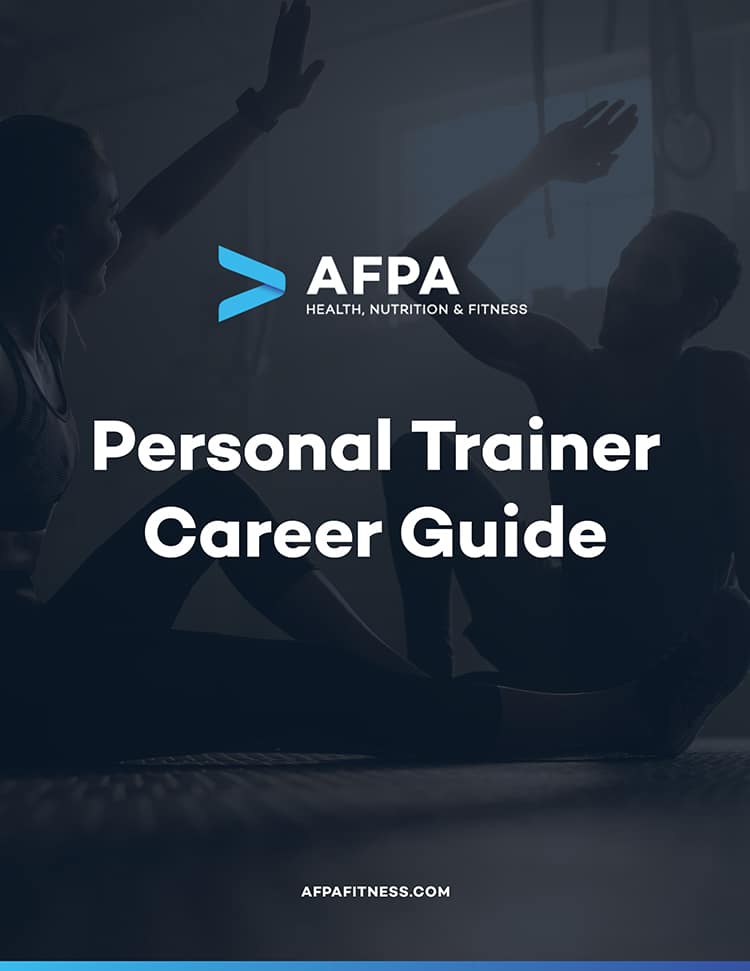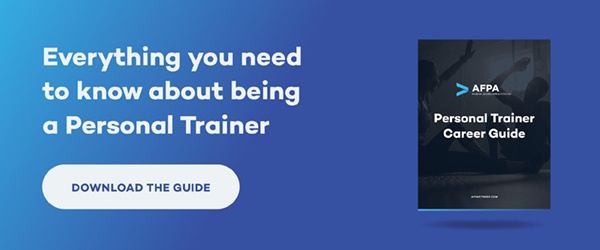Whether you’re training clients in their home, in your home, at the park, or in a fitness center or gym, having personal trainer insurance is incredibly important. It protects you, your clients, and your business, especially at a time when the median cost for a liability lawsuit is $54,000.
If you’re not sure where to begin, here is everything that you need to know about professional insurance for personal trainers, fitness instructors, pilates and yoga teachers, and more.
What Is It?
Professional insurance for personal trainers protects you from any litigation related to training that may crop up from clients. This primary type of insurance for personal trainers is commercial general liability (CGL) insurance, which covers property damage, third-party bodily injury, medical bills, and any associated legal costs. However, depending on the type of personal trainer you are, you may also opt-in for other coverage types, such as product liability insurance or sexual misconduct insurance.
Learn How to Become a Certified Personal Trainer Online in Less Than 6 Months

How Does It Work?
Personal trainer insurance is a collection of different coverage types that are designed to protect the rights of personal trainers. This type of professional insurance bundles various coverage types into one package, which is known as a business owners policy (BOP). For small business owners conscious of finances, this is the most cost-effective way of obtaining broad coverage. Whether or not you need coverage will depend on where you work, so if you’re working out of a gym or fitness facility, be sure to ask about coverage and obtain your own just to cover all of your bases.
What Types Are Available?
There are countless types of insurance on the market, but there are a few that make the most sense for a personal trainer or fitness instructor. These include:
- Commercial General Liability (CGL): This covers third-party injury claims, associated medical costs, property damage, and legal costs from incidents that occur either in your home or at the gym where you see clients. CLI coverage typically requires a $150-$500 premium and has deductibles ranging from $500 to $1,000.
- Product Liability Insurance: This coverage deals with injuries that are caused by the equipment or products you use to train your clients, including injuries caused by training instruction you give your clients. This insurance runs roughly 25 cents per $100 in retail costs (i.e., what you sell your products for), and the deductible varies based on the risk associated with the products you offer.
- Professional Liability Insurance (PLI): This covers any injuries that your clients experience during training, as well as any property damage that occurs during training, due to your negligence, mistakes, or failure to fulfill any contractual obligations. For example, if a piece of gym equipment fails during training and injures your client, your PLI will cover your legal defense and cover any award issued, after the deductible and up to your coverage limits. PLI is usually included in a CGL policy, and there are not usually extra fees associated.
- Sexual Misconduct Liability: If you’re accused of sexual misconduct by a client, this will cover any legal costs that come up. This policy’s premiums can vary greatly based on the number of employees covered, and the average deductible is $1,000.
- Disability Insurance: A disability policy is something a lot of personal trainers don’t think about, but the truth is that your personal training business is your livelihood. So, if you get injured on the job or diagnosed with a long-term illness and can’t work, how will you pay your bills? Most disability policies will cover up to 70 percent of your gross salary, which can make a huge difference while you recover from an illness or injury.
How Do I Get Insured?
From gathering the right documents to doing research to find the right insurer, here are five steps you need to take to secure personal trainer insurance:
- Make sure you’re certified: In order to get a policy, you’ll need to prove that you are a certified personal trainer, so make sure you’re certified and have a copy of your certification.
- Decide what you need: Before even approaching an insurance broker, you need to decide which types of coverage—CGL, product liability, PLI, sexual misconduct liability, disability, and so on—are important for your business to operate successfully.
- Gather the right information: There are several different documents you’ll need before setting up your professional insurance policies, including the value of your assets (e.g., training equipment, fitness studio) and the value and type of products you’re selling (e.g., nutritional or dietary supplements, athletic wear, accessories, equipment). Additionally, you’ll need to provide the number of years you’ve been in the industry, any other insurance coverage you may have, and any claims that have been filed within the past three years.
- Do your research: It’s important to find a provider who works with small businesses and has experience with fitness instructors, personal trainers, and similar professions (e.g., get certified in yoga, pilates). Research providers to find one who can work with you on your specific needs. Otherwise, you might not get the right coverage and open yourself up to liability issues.
- Consider any exclusions: If you’re worried about paying for too much coverage, remember that there is no such thing as having too much coverage. When you’re setting up a policy, be sure to ask about any exclusions, which are risks that your policy won’t cover. For example, some insurance companies might exclude certain types of coverage in order to reduce the policy’s cost, so be sure to ask lots of questions and make sure you’re fully covered.
Once you decide the type(s) of professional insurance policies you need, you can find the right insurer, get covered, and get your personal training certificate make sure you learn about the cost of a personal training certificate and get the confidence you need to succeed. If you’re ready to get started with your career as a personal trainer, download our 7 Step Guide to Becoming a Personal Trainer now.




